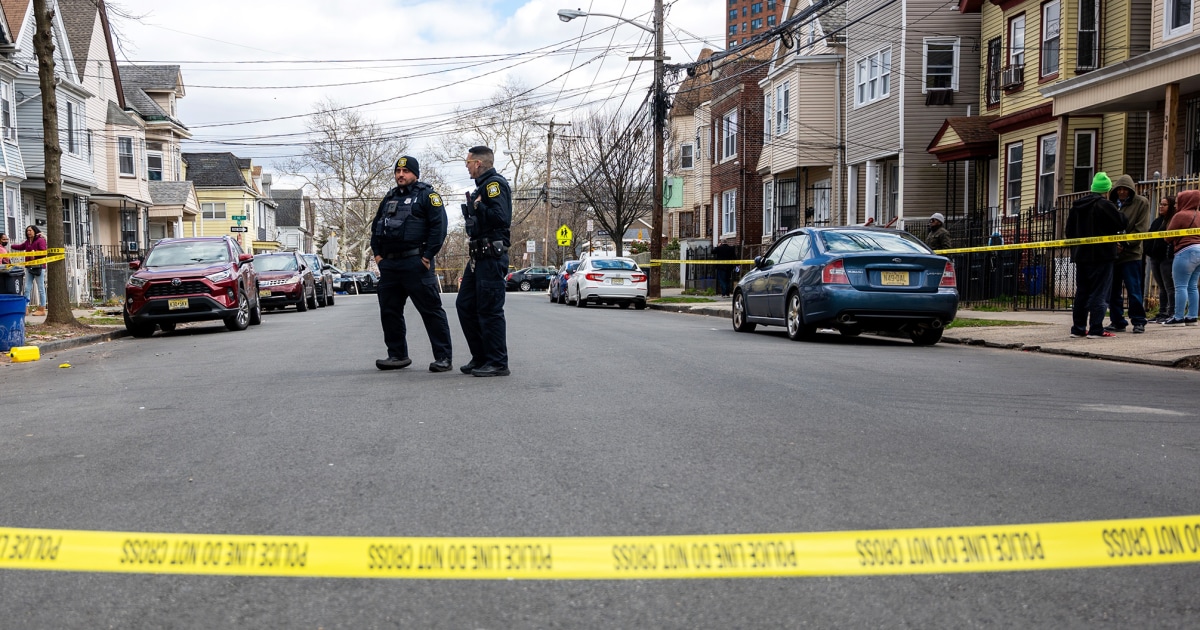
Scientists have yet to pinpoint the fault that ruptured in New Jersey on April 5 and rattled much of the Northeast.
Now, U.S. Geological Survey researchers are in the process of installing new monitoring equipment to better measure aftershocks and help solve that mystery.
The USGS has recorded at least 50 aftershocks since the 4.8-magnitude earthquake last Friday. The federal agency announced Thursday that it is installing five new seismometers a few miles from the site of the quake to monitor future rumblings.
“With the new data, we should definitely be able to see what fault these earthquakes are occurring on. Whether it’s a mapped fault or not, it’s hard to say,” said Oliver Boyd, a research geologist at USGS who is based in Golden, Colorado. “They’ll give us a picture of what the fault network looks like, and if it happens to cause a larger earthquake, we’ll have instruments in the area to capture that.”
A group of researchers from the University of Texas, Rutgers University, Yale University and Columbia University are also installing 20 additional seismometers to aid efforts to map the fault network, he said.
The earthquake, which shook buildings from Maryland to Maine, was the strongest in New Jersey in more than 200 years.
It left no surface rupture, Boyd explained, and the use of lidar, or light detection and ranging, technology — which uses laser pulses to detect hidden geologic features — didn’t turn up anything conclusive about where exactly the quake occurred.
The fault system where it likely originated contains a jumbled collection of cracks that are remnants of ancient tectonic processes. Seismologists say slow-acting stress likely triggered the earthquake.
“It’s possible we may never know which fault this occurred on,” Boyd said.
He added that the USGS typically monitors aftershocks after any quake that’s magnitude-5.0 or greater. The agency made an exception in this case.
“Because it was so close to a large population center, it increased our interest in this particular fault and these earthquakes,” Boyd said. “In the central and eastern U.S., it’s rare to get something of this magnitude.”
USGS funding for the Lamont-Doherty Cooperative Seismographic Network, a regional network of monitoring equipment in the Northeast, was cut in 2019. Because the network lost that federal funding, fewer than half of its 45 stations were operating when the magnitude-4.8 earthquake struck. More data from the network might have helped researchers pinpoint the quake’s location.
“The nearest station was 75 kilometers away, before we put in these stations,” Boyd said, referring to the new seismometers the USGS is deploying. (That’s a distance of about 46 miles.) “Knowing precisely where these earthquakes were located was difficult.”
Since the quake, at least one station in Lamont’s regional network has been revived, he said.
Boyd added that the pattern of aftershocks since the event has been typical and there have been fewer than initially expected. Aftershocks that can be felt by people — with magnitudes in the “upper twos” and higher — will likely continue for another week, he said. Smaller aftershocks could persist for months.
The additional USGS seismometers are expected to remain in New Jersey for three to six months.
from U.S. - Latest - Google News https://ift.tt/U2vDatM
via IFTTT
Tidak ada komentar:
Posting Komentar